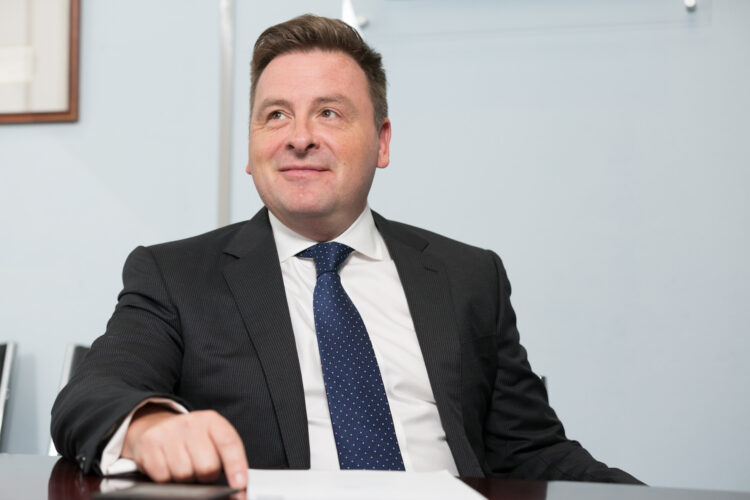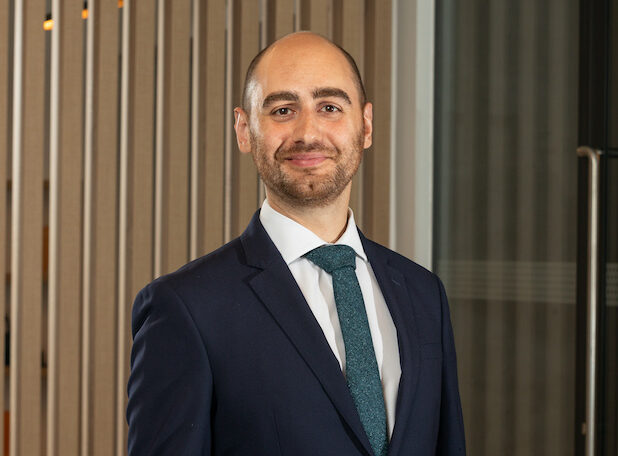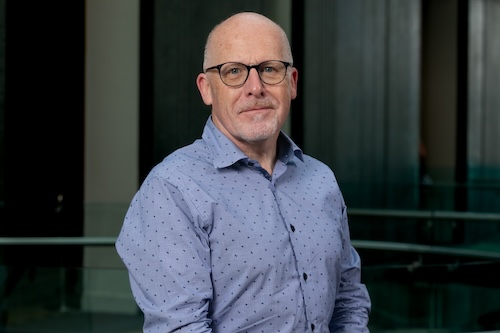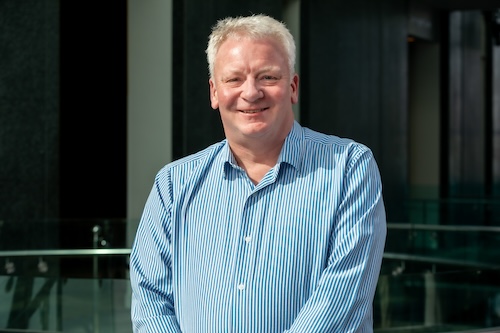Creditors' Voluntary Liquidation (CVL)
In the complex landscape of corporate financial management, businesses sometimes find themselves in distressing situations that necessitate strategic decisions. Creditors’ Voluntary Liquidation (CVL) emerges as a viable solution for companies facing insurmountable financial challenges.
Understanding Creditors' Voluntary Liquidation (CVL)
Creditors’ Voluntary Liquidation is a formal insolvency procedure that empowers company directors to initiate the winding-down process voluntarily.
This strategic move allows a distressed company to liquidate its assets, settle its debts in an orderly manner, and bring closure to its operations under the guidance of a licensed insolvency practitioner.

How Xeinadin can help
01
Comprehensive Assessment
We conduct a thorough analysis of your financial situation to determine the viability of a CVL. Our experts consider various factors, including cash flow, debt obligations, and potential recovery options.
02
Strategic Planning
If a CVL is deemed appropriate, we develop a tailored strategy that aligns with your business objectives. This strategy outlines the steps, timelines, and expected outcomes of the CVL process.
03
Regulatory Compliance
Our experienced insolvency practitioners ensure strict adherence to all legal and regulatory requirements throughout the CVL process. This minimises the risk of legal complications and ensures a smooth procedure.
04
Transparent Communication
We believe in transparent communication at every stage. Our team keeps you informed about the progress, challenges, and opportunities, enabling you to make well-informed decisions.
05
Asset Liquidation and Debt Settlement
We manage the liquidation of assets, ensuring an equitable distribution among creditors. Our experts negotiate with creditors to optimise debt settlement terms, aiming to achieve the best possible outcome for your business.
Find your local office
With more than 130 offices across the UK and Ireland we have one of the largest office networks of any accountancy firm. To find your local Xeinadin team, just click the button below.
Get in touch
Whether you have a clear goal in mind or are open to exploring possibilities, we’re at your service to assist you.
FAQs
Creditors’ Voluntary Liquidation (CVL) is a formal insolvency process initiated by the directors of a financially distressed company. It involves the appointment of a licensed insolvency practitioner to oversee the liquidation of the company’s assets and distribute the proceeds among its creditors in an orderly and regulated manner.
Companies choose CVL when they are unable to meet their financial obligations and believe that liquidating assets and winding down the business is the most appropriate solution. By opting for CVL, the directors take proactive steps to settle debts and ensure a controlled closure rather than waiting for creditors to force the company into liquidation.
CVL is a voluntary process initiated by the directors, while compulsory liquidation is imposed by creditors or the court due to unpaid debts. CVL allows directors to have more control over the process and demonstrates a responsible approach towards addressing financial difficulties.
The CVL process involves several key steps, including convening a board meeting to propose liquidation, obtaining shareholders’ approval, appointing an Insolvency Practitioner (IP), and realising the company’s assets. The appointed IP distributes proceeds among creditors based on their priority and secured status.
Upon the decision to enter CVL, the directors select a licensed Insolvency Practitioner (IP) to oversee the process. The IP’s role involves valuing and liquidating assets, settling debts, ensuring regulatory compliance, and managing communication between the company and its creditors.
Creditors benefit from CVL by having a structured and transparent process for debt settlement. The involvement of an Insolvency Practitioner (IP) ensures a fair distribution of available assets, enhancing the chances of recovering owed funds compared to other debt collection methods.
Creditors can maximise their recovery by actively engaging in the CVL process. This includes promptly submitting proof of debt, attending creditors’ meetings, collaborating with other creditors, and seeking professional advice to navigate the complexities of insolvency procedures.
A Proof of Debt form is a formal document submitted by a creditor to the insolvency practitioner, detailing the amount owed by the company. It establishes the creditor’s claim and position in the hierarchy for asset distribution. Timely submission ensures accurate inclusion in the distribution process.
The duration of a CVL process can vary based on the complexity of the company’s affairs, the number of assets to be realised, and other factors. It usually takes several months to complete, from the initial proposal to the final distribution of assets.
Yes, seeking professional advice from experienced insolvency practitioners is highly recommended for businesses considering CVL. Professional guidance ensures compliance with legal requirements, enhances the efficiency of the process, and maximises the chances of achieving favourable outcomes for all stakeholders.
In most cases, the primary objective of CVL is to liquidate assets and settle debts. However, if a viable rescue plan exists, it’s possible to explore alternatives like Company Voluntary Arrangements (CVAs) to restructure debts and allow the company to continue trading under certain circumstances.
Directors’ responsibilities change during CVL. They are required to cooperate with the appointed insolvency practitioner, provide necessary information about the company’s affairs, and facilitate the liquidation process. Directors are also expected to act in the best interests of creditors once insolvency is acknowledged.
Speak to an expert
Creditors’ Voluntary Liquidation can provide a strategic exit strategy for businesses facing financial turmoil. Xeinadin offers expert guidance, strategic planning, and meticulous execution throughout the CVL process.
Our commitment to regulatory compliance, transparent communication, and optimised outcomes sets us apart as your trusted partner in overcoming financial challenges and setting the stage for a new business journey.

Our Corporate Recovery advisors specialise in:
Our Corporate Recovery advisors specialise in:
Meet our Corporate Recovery Directors








